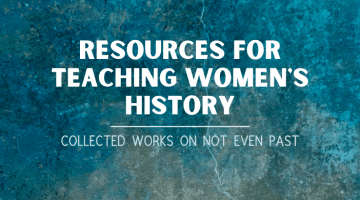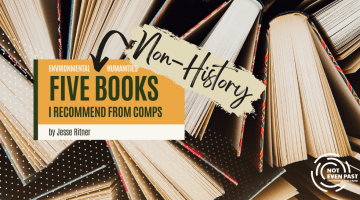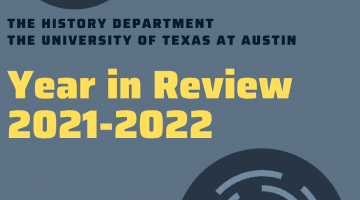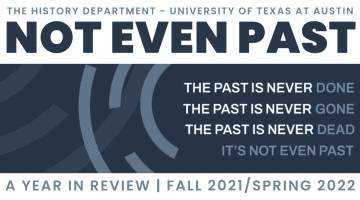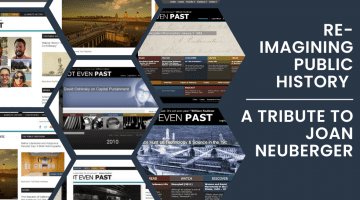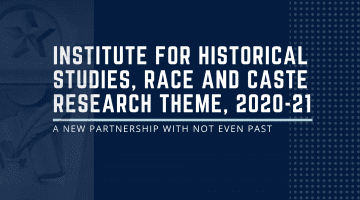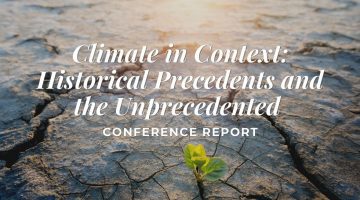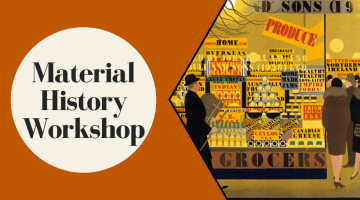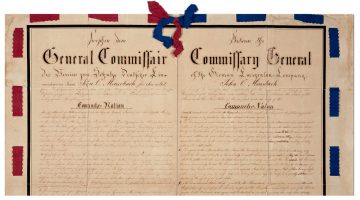
Not Even Past will publish letters to the editor with educational or scholarly merit. When the letter concerns a post on Not Even Past, the author of the article will be invited to respond. We encourage letter writers to refrain from ad hominem discourse. —Joan Neuberger, Editor. Remarks on Jesse Ritner’s “Paying for Peace: Reflections on the ‘Lasting […]
